Reverberation Chamber EMC Testing, A new Standard in several Sectors! Learn About it at EMC Live!
Reverberation Chamber EMC Testing, A new Standard in several Sectors! Due to the rapid proliferation of electronic devices, concerns about electromagnetic interference have increased. There is concern about the impact of electromagnetic interference on human health. There is also concern about the effect of ElectroMagnetic Interference (EMI) on the “health” of crucial electronic equipment. Critical electronic equipment that is required to function properly at all times. EMI can cause components to become “distracted”, and malfunction. This type of interference can certainly cause human harm as well. People in cars, aircrafts, could be harmed or even killed due to malfunction.
Standards have been developed by governmental and international groups to regulate EMI. The established standards are enforced on the manufacturing companies. Test methods to make sure that the components are performing up to the standards have been developed. This mandatory testing to ensure that all of the many components in a vehicle can work together optimally and smoothly.
Reverberation Chamber EMC Testing, A new Standard in Several Sectors! The Reverberation Chamber is a large “cavity” formed with highly conductive walls and “signal stirrers”. The stirrers change the electromagnetic field distribution inside of the “cavity”. There are three types of stirring:
- Frequency Stirring-using different frequencies.
- Mode Stirring– using a paddle-like metallic stirrer.
- Boundary Stirring-Vibrating the walls of the chamber, creating a Vibrating Intrinsic Reverberation Chamber (VIRC).
The resulting electromagnetic field is statistically isotropic and uniform, creating an ideal environment for EMC Testing. In fact, Reverberation Chamber use has become far more common in Radiated Susceptibility, Radiated Emissions, testing in the aerospace, automotive, and defense sectors. The EMC tests that the Reverberation Chamber excels at are:
- Susceptibility Testing– This test determines whether the Device Under Testing (DUT) is susceptible to EMI that will be present in its working environment. This is determined by operating the DUT and subjecting it to EMI that is up to the current standard and observing the performance of the DUT.
- Emissions Testing– This test determines whether the DUT emits radiation within the standards allowed. The DUT is operated and its RF Emissions are measured and checked against the standards.
- Shielding Effectiveness– This test determines whether the vehicle is able to contain its RF emissions. This so they don’t “leak” RFI into the local environment.
Reverberation Chambers are available for EMC testing in two styles:
- Structural Room Reverberation Chamber– is a conductive metal lined room with stirrers located in the room to allow reflection and stirring of the electromagnetic field. This is a “fixed location” Reverberation Chamber. The DUT must be brought to the Reverberation Chamber.
- Portable Soft Sided Reverberation Chamber– is an portable enclosure made of Shieldex® Conductive Metalized Textiles, which allow the reflection and stirring of the electromagnetic field. This is a “portable” Reverberation Chamber. The Reverberation Chamber can be taken to the DUT.
Both styles of Reverberation Chambers give excellent testing results! Contact us for information on obtaining either type of Reverberation Chamber for your testing needs.

Please mark your calendars to hear V Technical Textiles, Inc.’s Technical Consultant, Steve Frierson speak at EMC LIVE Automotive on the topic of “Automotive Testing Using a Portable Vibrating Intrinsic Reverberation Chamber” June 8, 2021. The event is FREE, REGISTER NOW
V Technical Textiles, Inc.
www.vtechtextiles.com
info@vtechtextiles.com
(315)-597-1674 Phone
(315)-597-6687 FAX
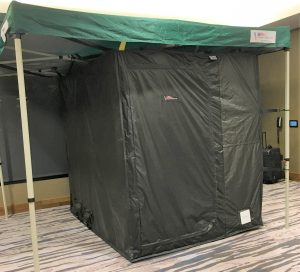

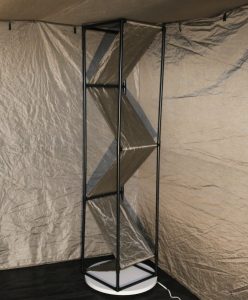

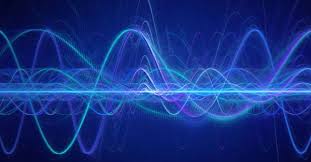

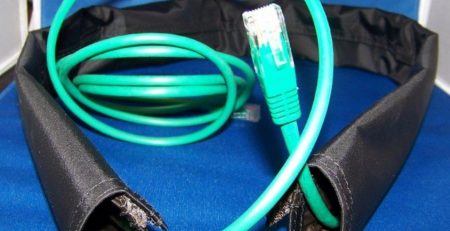


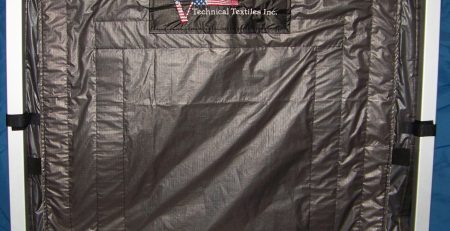



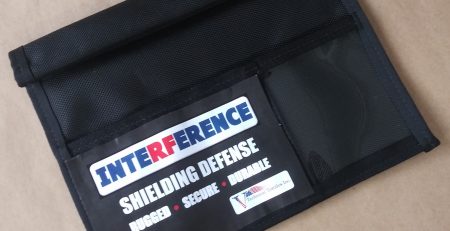

Leave a Reply